Louis "Lou" Graydon Sullivan is generally regarded as the first out transgender man who openly identified as gay.
By the time Sullivan was a preternaturally self-aware teenager in the 1970s he was writing in his journals about his desire to be a gay man. That desire never changed, although Sullivan became more and more articulate in explaining both his orientation, and the fact that gender identity and sexuality are distinct from each other.
This was not a widely accepted concept at that time. Instead, his homosexual desires were considered counter indicative of being diagnosed as transgender and allowed access to a medical transition. Gatekeepers still viewed homosexuality as abnormal and saw opposite-sex attraction (or same-as-birth-sex attraction) as one of the hallmarks of transsexuality. Those assigned female at birth who identified as male needed to also have an attraction to women to get approval to transition.
Rejected by gender clinics, Sullivan remained undaunted. It took years of effort, but by 1979, he'd found doctors and therapists outside the traditional avenues, willing to accept his sexual orientation and authorize his medical transition. He began testosterone therapy and had top surgery a year later.
In forging ahead alone, Susan Stryker wrote in Guide to the Louis Graydon Sullivan Papers, 1955-1991, Sullivan established a new pathway for other transgender men, and then "disseminated this information at the grassroots level through his booklet Information for the Female to Male Cross-Dresser and Transsexual." For over a decade, the book was the only practical guide for FTMs.
"As a consequence of his efforts," Stryker wrote, "Sullivan became one of the founders of the female-to-male transsexual community." Indeed, he founded one of the first trans masculine organizations, what would become FTM International, through which Sullivan provided advice and support for trans men around the world.
(RELATED: 5 Amazing Trans Men You Didn't Learn About in History Class)
He underwent bottom surgery in 1986 and was diagnosed with HIV the following January. A few years later, in 1989, Sullivan wrote a first-person piece for The Advocate. After explaining his gender identity and sharing journal entries about his desires and gay sexual encounters, Sullivan concluded, "Ironically, I have been diagnosed with AIDS, still seen as a gay man's disease ... I took a certain pleasure in informing the gender clinic that even though their program told me I could not live as a gay man, it looks like I'm going to die like one."
Sullivan was also an early LGBT journalist and historian. He wrote about his gender identity for Gay People's Union News in Milwaukee and The Gateway, the latter being a newsletter put out by the Golden Gate Girls -- a trans group he successfully lobbied to include guys. It later became one of the first transgender organizations to offer support to trans men.
Sullivan also helped found and served on the board of,the GLBT Historical Society in San Francisco. With the publication of his 1990 book, From Female to Male: The Life of Jack Bee Garland -- the bio of a man, female-identified at birth, who passed for 40 years at the turn of the 20th century -- Sullivan helped document the existence of transgender expression in earlier periods.
Sullivan died in 1991 at the age of 39, but his legacy lives on in every gay trans man, in how we talk about gender and sexuality, with the Lou Sullivan Society (founded in 2007 to continue the mentoring of trans men by trans men), and publication of the newly released biography about his life.
Lou Sullivan: Daring to Be a Man Among Men (Transgress Press), written by trans author Brice D. Smith, is a thoroughly researched and documented biography. The fascinating read is the first book to really detail Sullivan's life and his determination to embrace -- and embody -- his authentic self.
Here's hoping the book brings a revival of interest in Sullivan's life story, which has been largely missing from LGBT history. It's the story of trans masculine history, of San Francisco and other cities he impacted, and what it means to insist on the right to self-identification -- in the face of ridicule and rejection. Even if it wasn't clear to the gender doctors or many gay men, Sullivan understood the difference between being a straight woman and being a gay man -- especially in bed.
Lou Sullivan should introduce its titular character to a new generation of LGBT youth, so they too can see their lives, if not reflected, at least affected by Sullivan's contributions before AIDS took him away.


































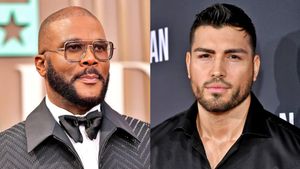




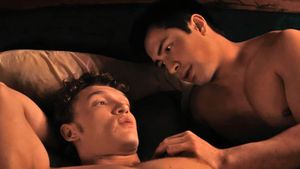



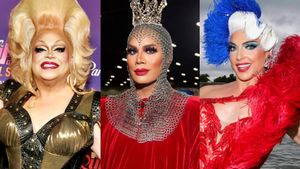






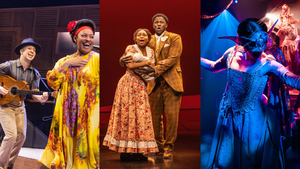









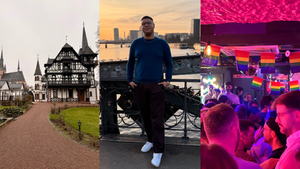




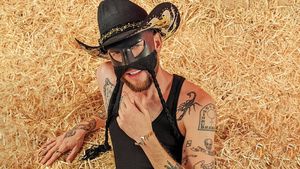


Charlie Kirk DID say stoning gay people was the 'perfect law' — and these other heinous quotes